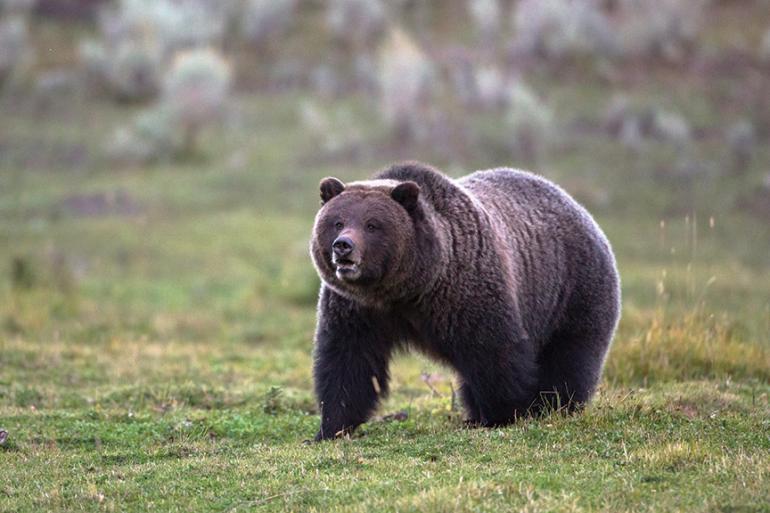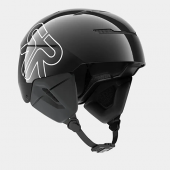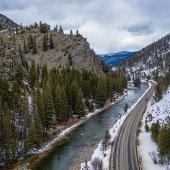Bearanoid
Overcoming irrational fear.
Every spring I wrestle with a condition known as bearanoia—the extreme paranoia that bears are lying in wait around every bend in the trail, hiding behind every boulder, and lurking over every rise. Symptoms include shortness of breath at the snap of a twig, breaking out in cold sweats at the sight of a grizzly-shaped stump, and heart palpitations when a ruffed grouse flushes underfoot. It’s embarrassing, as I’m a wildlife biologist and should know better than to succumb to the irrational fear that bears are man-eating beasts; but I do work in Yellowstone, so I guess some forgiveness is warranted. I’ve learned to control my bearanoia by reminding myself every spring how to behave in bear country—and you can, too.
Avoid Encounters
Most bears are as eager to avoid us as we are them, but they need to know we are coming. Make some noise, and get creative with your calls. At the very least you’ll entertain your friends. Which brings me to my next point: grab a buddy before heading out on the trail. Better yet, two or three. You’ll not only make more noise as a group, but studies show that groups of three or more are rarely attacked. While on the trail, look for signs of bears like tracks, scat, fresh diggings, and overturned rocks and logs. These signs can yield important information, such as which species visited the area, if it was a sow with cubs, and even how long ago they passed.
Bears at a Distance
Know your bears. Grizzly bears have humped shoulders, dished faces, and short, round ears; while black bears lack a shoulder hump, and have Roman noses and longer ears. About half of all black bears in Montana aren’t actually black, so don’t rely on coat color when trying to decide between a grizzly bear and a black bear. While grizzlies are usually more aggressive, both species deserve respect. If you see a bear in the distance and it hasn’t seen you, keep it that way by retreating—downwind, if possible. If the bear has seen you, back away and retreat upwind. Sometimes bears will stand on their hind legs and sniff the air. This is not an aggressive posture. The bear just wants to know more about you, and you want it to know you’re human.
Surprising a Bear
Ok, so you’re hiking with friends, making noise, and are aware of your surroundings, but you come around a bend in the trail and BAM! You surprise a grizzly 50 feet away. She gets defensive and lets you know by huffing, slapping the ground, and clacking her teeth. Now is the time to grab your bear spray. It’s attached to your belt or pack right? It better be, because you don’t have time to grab it from the bottom of your pack if she charges. Begin slowly backing away to put some distance between you and the bear. If she charges, stand your ground. This may be the single most difficult advice to follow, but it’s the safest. Never run—running may trigger the bear’s predatory instinct. Most charges are bluff charges, but since it’s impossible to tell, use your bear spray when she’s about 40 feet away. A two- or three-second burst in sweeping motion aimed slightly below her head should do the trick.
Attack
If she plows through the bear spray and is about to make contact, drop to the ground and lay flat with your hands over your neck and elbows against your face. Once down, give her plenty of time to move on. If you rise too soon, chances are she’ll attack again and it will be severe. Never play dead with a bear that hasn’t acted aggressively or defensively, and only fight back if the attack is predatory in nature—an extremely rare event. A predatory or curious bear will approach quietly with head and ears erect while a defensive bear will approach with head low and ears laid back.
Lisa Baril is a wildlife biologist and freelance writer living and working in Yellowstone National Park.













